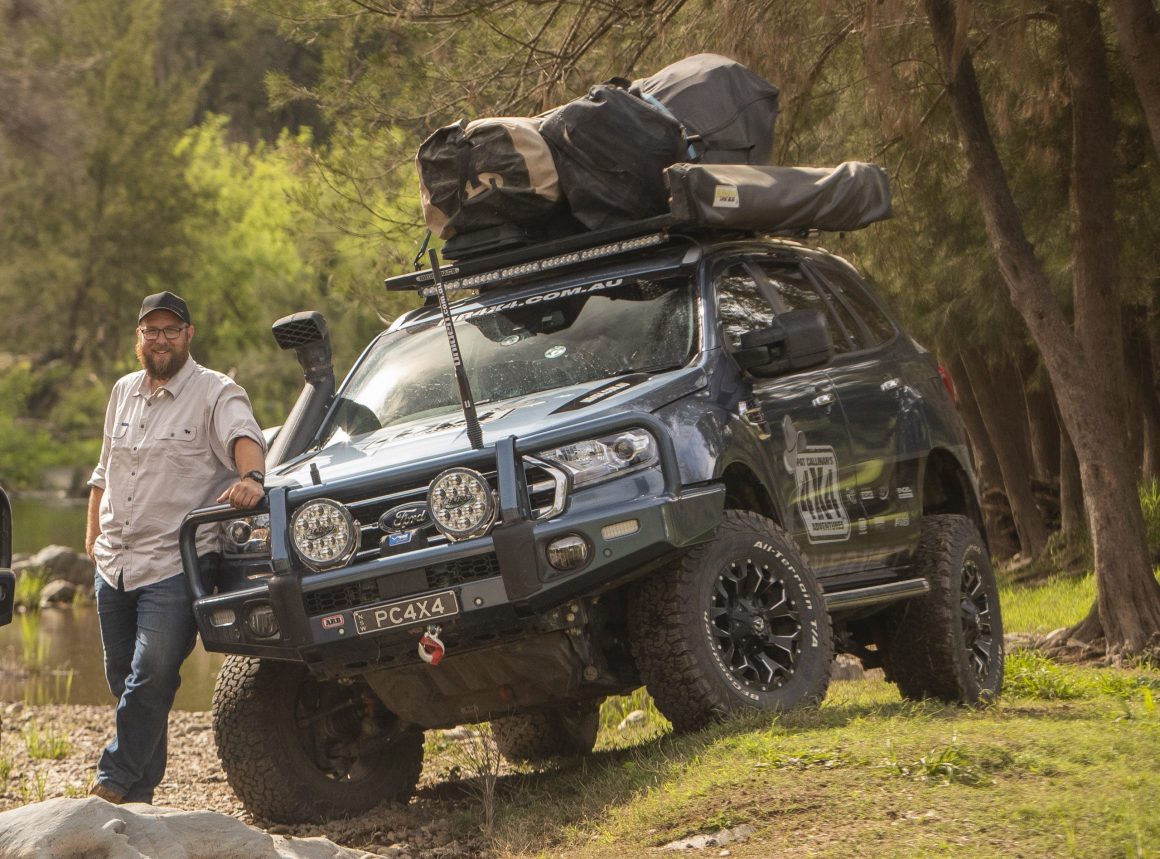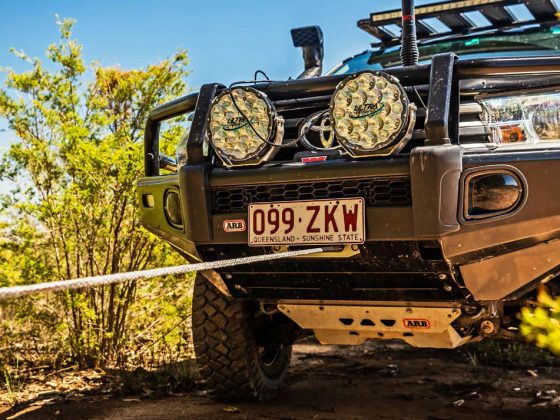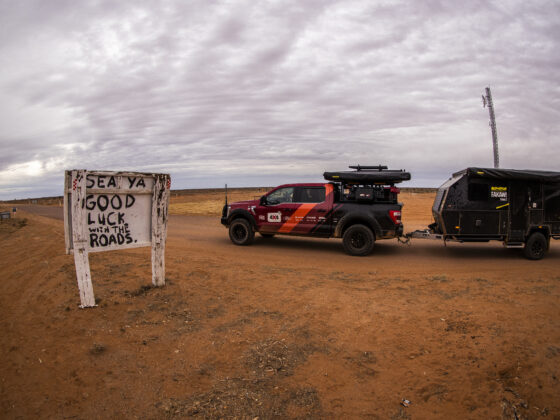Every vehicle capable of carrying a roof load has a roof load limit. What is this limit, how do you find it, and what does it mean for you?
The roof is a convenient storage area; it’s wide, long, and flat. All you need is some form of roof rack, and you’re away…instant storage! Except it’s never quite that easy.
From a vehicle dynamics perspective, the roof is a terrible place to carry anything because the weight is up so high. This makes the vehicle roll when cornering, which increases the risk of rubber side up and not down, and generally upsets the car’s ride and handling. So the reason there’s a roof load limit is twofold; first, the roof itself can carry only a certain amount of weight, and second, the negative effect on car handling and stability.
So this is why roof load limits are put in place by carmakers. Usually, the limits are between 50 and 100kg, sometimes as high as 200kg. Now there’s a couple of things to know about that limit. The first is it comes out of your payload. So, for example, if you have a payload (difference between the unladen weight of the car and its GVM) of 600kg, and your roof load is 100kg and you use all of it, then you can have 500kg of payload left. It isn’t 600kg of payload, and 100kg extra on the roof.
The second is the roof load limit includes the weight of the rack. So if your roof rack weighs 30kg, and the limit is 50kg… then you can put 20kg of stuff on your rack.
This realisation comes as a rude shock when people figure out how low their roof limit is and how heavy their rack is. This is why steel roof racks are near useless; I once had one that weighed 65kg, and the roof load limit was 75kg! You used to get away with this with older vehicles like GU Patrols with a 200kg roof load limit.
The figure you’ll get from the manufacturer is the dynamic limit, which means it applies when the car is moving. You can, of course, get away with higher weight when not moving…but how much more? You’re unlikely to find an answer, but it seems that people run rooftop tents weighing 80kg and then put 180kg of the human inside without ill effects.

It gets better. The rack itself will have a limit, which may be more or less than the roof limit, and the rack’s components, such as the feet, may have a different limit to the base.
So how do you know what your roof load limit actually is? The owner’s manual should have the answer, but you need to read it carefully. The limit may be different depending on the exact model of vehicle you have. For example, most Ford Everests have a 100kg roof limit. However, the 2WD vehicles with 20” wheels standard have a 60kg limit, and the 4WD versions with a 20” wheel have an 80kg limit. The rear-drive cars with moonroof are 30kg, and the 4WD cars with moonroof are 80kg. So that’s four different limits for the same base vehicle!
Then we come to off-road limits, which is a grey area. Obviously, driving off-road creates two problems; more issues with vehicle stability such as side angles and more significant stresses such as bumps and corrugations. So, the roof load limit needs to be reduced accordingly. But by how much? Good question, and it’s just a judgment call. After all, what is ‘off-road’? A beach drive at low pressures is the softest ride you’ll ever enjoy, whereas a dirt road can be massively corrugated. So because there’s no fixed definition of ‘off-road’, there can be no ‘off-road limit’. However, some roof rack makers, and occasionally carmakers, do specify off-road limits which may be two-thirds of the capacity of the rack.
By this time you’re probably thoroughly confused, so let’s work through an example. We’ll use a Ford Everest Trend. Looking at the owner’s manual, we find it has a limit of 100kg on the roof. Then we buy ourselves a Rhino-Rack Pioneer. That weighs 24kg and can carry 80kg – the feet are higher rated than the base.

So we subtract the 24kg weight from the Everest’s 100kg, and we have 76kg of weight left for the roof – that’s the car limit. The rack itself can carry 80kg, more than the 76kg left for the car. So, we can have 76kg of gear up top… provided it is evenly distributed. We also note Ford’s recommendations for exactly where the rack feet should be located, as per the owner’s manual. And, for hard off-road use, we reduce the weight on the rack from 76kg to say 50kg.
Roof racks are incredibly useful, and there’s no reason to be put off by worrying about loading. Just keep your weights within limits! The best items to carry on a rack are bulky, light items such as sleeping gear and possibly tents, but they’re just handy for so many reasons, such as a sixth spare tyre and even firewood.

Note: If your vehicle has plastic roof rails, do not mount roof racks or load carriers on the roof rails.
Note: When using the roof rack, make sure that the total load carried by the roof rails does not exceed the loads listed in the previous table. Overloading or incorrectly distributing the load could cause damage to the vehicle.
Note: We recommend you position the front roof rack/bar in line with the centre pillar between the front and rear doors. Position the rear roof rack/bar at least 700mm to the rear of the front roof rack/bar. Evenly distribute the cargo load to the roof rack mounting points, both in front, behind and across the vehicle.
Note: For cargo carrying purposes, use the roof rails together with the roof rack or bars. Do not use the roof rails alone to carry cargo. Otherwise, it could result in damage to the roof, paint, or loss of cargo.
Note: When carrying luggage on the roof rack, do not exceed the gross vehicle mass rating (GVMR) and gross axle weight rating (GAWR).
Note: If you need to carry a load on the roof rack of the vehicle, use extra caution when driving and make sure you secure the loads. Remember that the mass of the load on the roof alters the centre of gravity of the vehicle, and increases the crosswind effects, thus affecting the driving characteristics. Drive carefully, avoid rapid starts, hard cornering, and abrupt stops.














